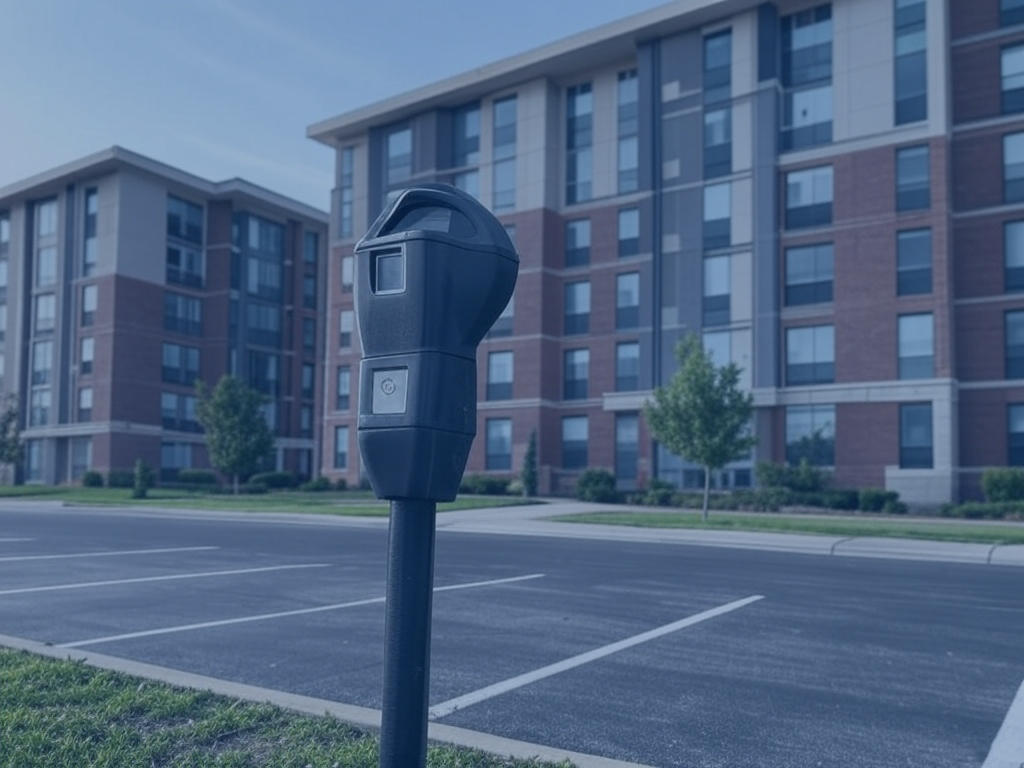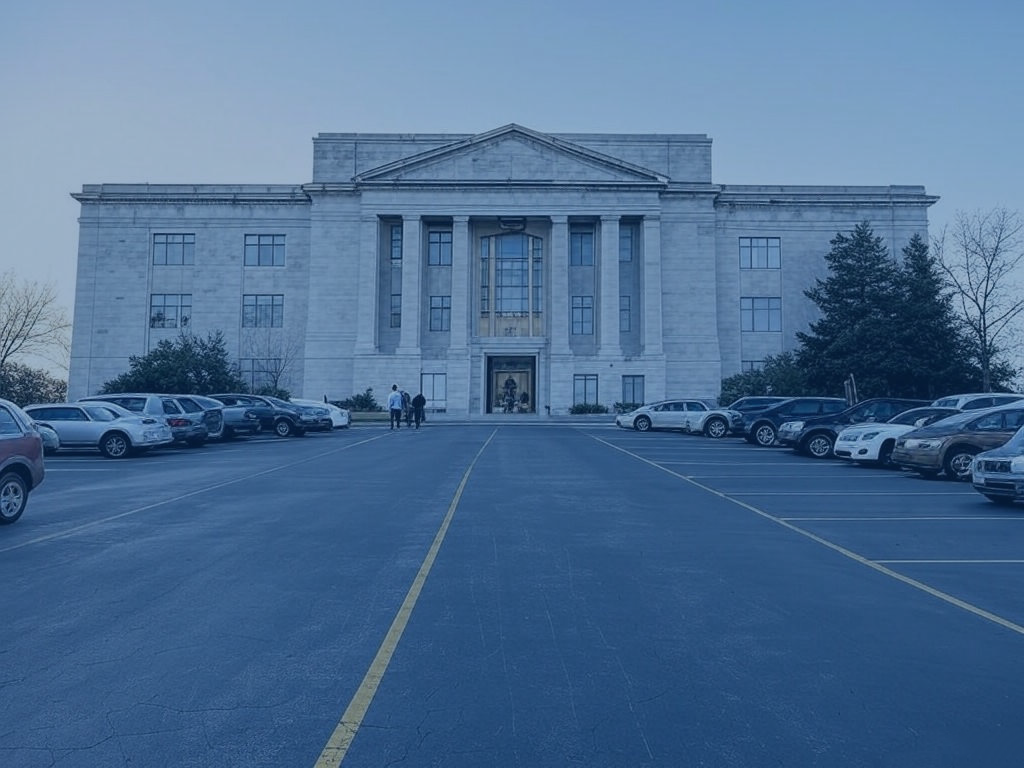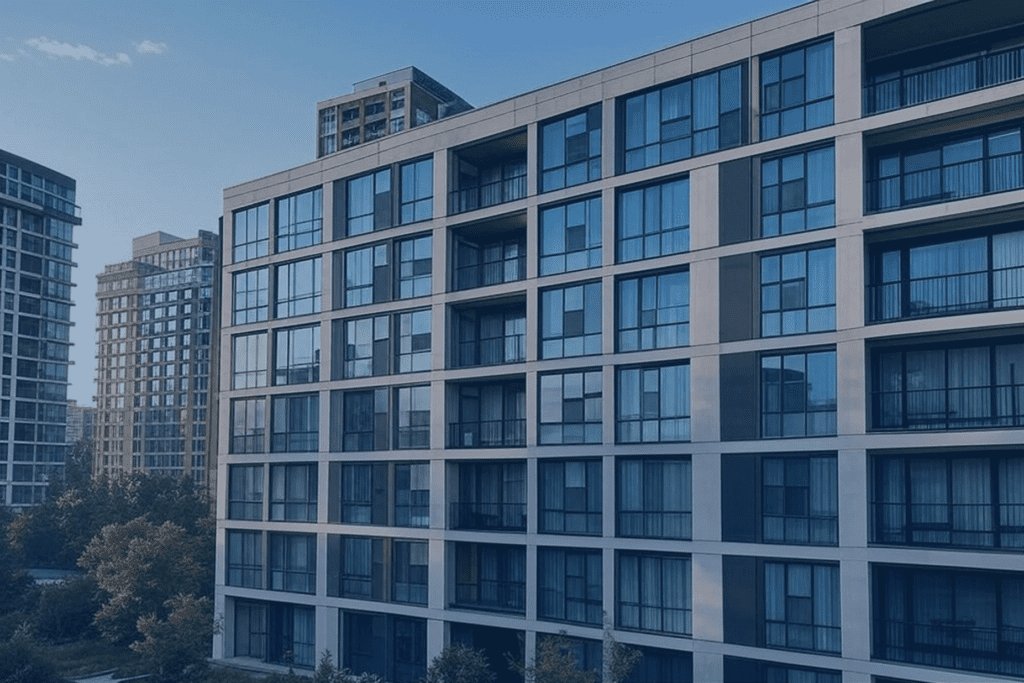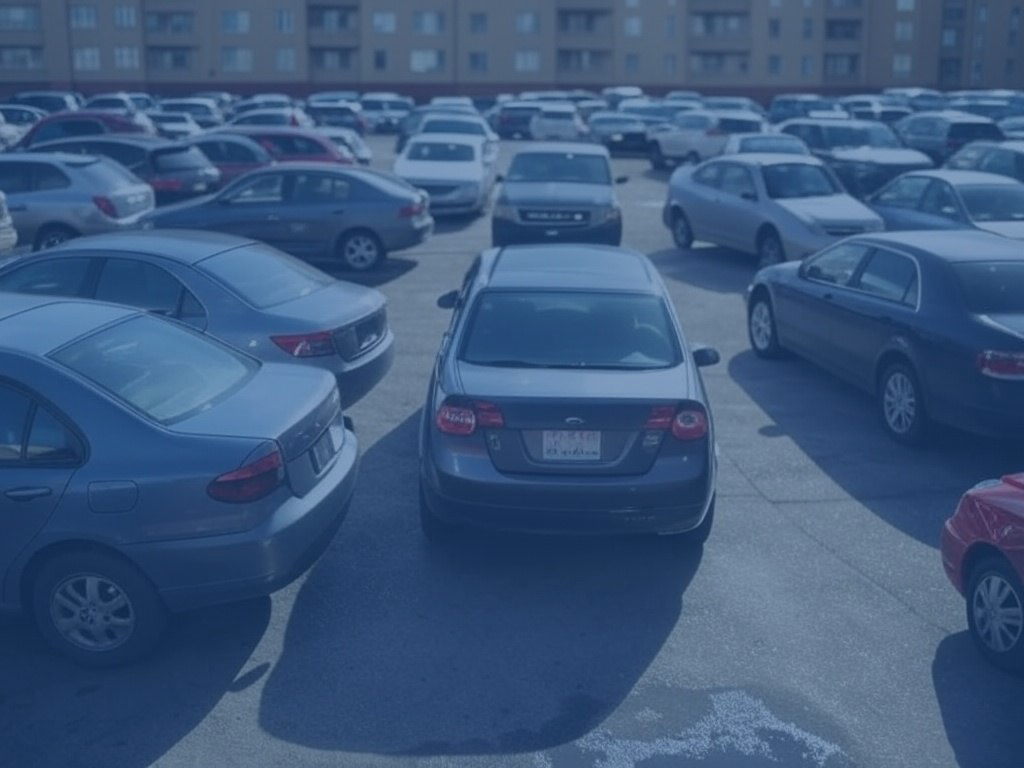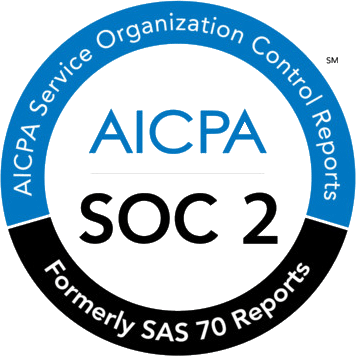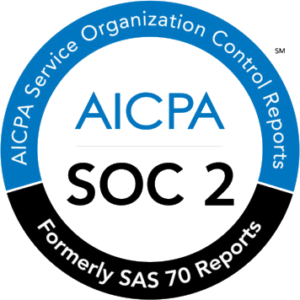If you run a business, there is an expectation that you will consider how your employees get to and from the office.
On top of that, your staff likely expect to have a place to leave their vehicles while they are working. Of course, these expectations create a challenge for employers.
However, many of these challenges can be met by last mile automation. Not only that, but this process can actually help you reduce facility costs for your business.
Table of Contents
ToggleLast mile automation
Last mile automation allows employers to take the hassle out of the last mile of the commuter’s journey. It includes car space management, vehicle recognition, and much, much more.
Its benefits include reduced car dependency, the elimination of congestion and carbon, lower emissions for communities, and a reduction in the cost of parking for employers and employees alike.
How does it reduce costs
Less man-power
When your car space management is done manually, this takes up time and allows for human errors. However, putting last mile automation software in place takes the stress off your staff, allowing them to focus on their own work.
Focuses on efficiency
If your business is hiring extra parking spaces off-site when there are facilities available, you are paying for a needless expense. This often happens when senior staff are not in the office, but their assigned spaces remain empty.
Last mile automation can get rid of this inefficiency and thus, reduce cost for your business.
Usable data
Last mile automation provides data that can be useful to other elements of your business, outside of transport. For instance, you can track the hybrid work schedule of your employees and ensure that the office is not overcrowded on any given day.
Ahead of future change
We are facing a future where all businesses will be expected to meet environmental targets. In many countries, businesses that fail to do so will face penalties.
Last mile automation allows you to put policies in place that will help you reduce your company’s carbon footprint. For instance, you can put a reward system in place for staff who carpool and share one space over a fixed length of time.
How Sanofi reduced its cost
Sanofi is one of the biggest pharmaceutical companies in the world, with about 100,000 employees.
The company made it a matter of policy for its staff to have access to car spaces at work or on an off-site location. Although Sanofi paid exorbitantly for these spaces offsite, the parking they did have wasn’t always utilized.
Consequently, Sanofi’s facilities team had to look for a way out of this problem. They found last mile automation the answer and contacted Wayleadr.
Staff who needed parking space were able used the app to select the day they needed it. Staff members were then notified of the availability of the space, etc.
Using Wayleadr significantly reduced the cost they spent on parking.
How Colliers International reduced its parking cost
With Wayleadr, Colliers International reduced the cost of parking facilities by €15,000 per office.
They are a commercial real estate firm with a large number of employees.
The nature of the real estate industry is that its staff are often on the move. This caused issues around car spaces being reserved and not used, while some staff were using offsite parking, as the company’s facilities were full.
Since the introduction of last mile automation, there has been full occupancy of all parking spaces daily.
The company is saved from paying the cost of parking offsitet.
Conclusion
There is no doubt that car space problems frustrate employees and waste productive time. Last mile automation has helped in solving these problems. Most importantly, it is a cost-cutting system utilized by employers to reduce the overall facility cost.
If you would like to find out how we can help your company save money, contact us for a free demo today.

